General plant information: Echinacea purpurea, commonly known as purple coneflower, from the Asteraceae family is a herbaceous perennial native to moist prairies and meadows in Southern and Central US and has also extended its range to Ontario, Canada.
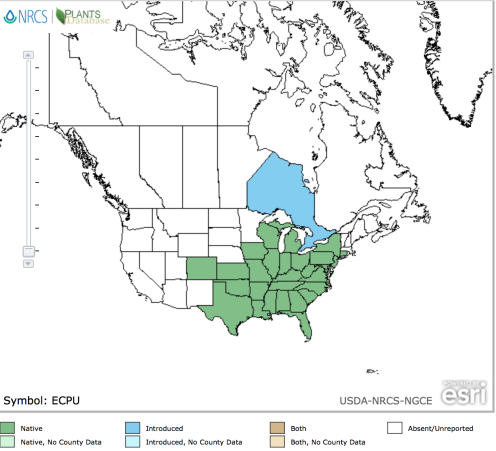
Identifying characteristics: Plant with rough-hairy stems and petals that are swept back and are symmetrically arranged around the center cone, thus making photosynthesis more efficient. Echinud is Latin for hedgehog and correlates to the center cone being tough and prickly.
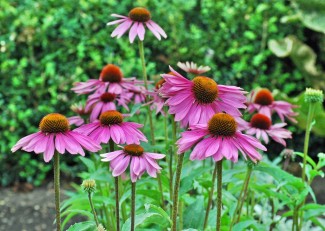
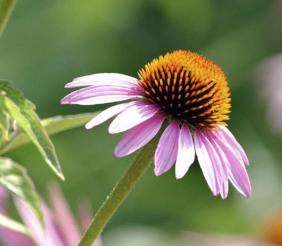
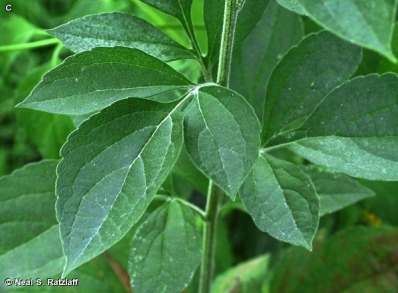
Interesting Fact: This plant is found in prairies and due to farming and human activities, its habitat is being threatened. In Florida the plant has been listed as endangered.
Traditional Uses: A medicinal plant of the Plain Indians. It was used as a painkiller and for treatment of colds, sore throats, and even snake bites. In particular, the Choctaw, Native Americans from the Southeastern United States, used it for cough medicine and gastro-intestinal aid.
- Parts used:
- The juice of the fresh aerial parts, flowering parts, are commonly used as a herbal remedy today as well as the roots.
- The roots, flowers, leaves, and stems are cut into small pieces, washed, and allowed to dry in cool and dark locations.
- To consume, an infusion, a drink prepared by soaking the leaves and petals in liquid, can be made and or a decoction, extraction by heating, out of the dried roots. Additionally, coneflower can be used and combined with other herbal tea.
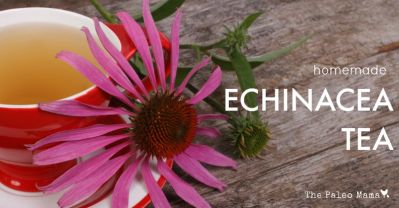
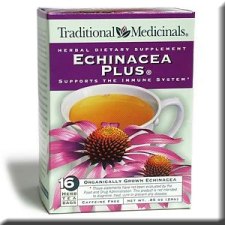
Important chemicals:
- Secondary metabolites, such as alkamides, caffeic acid derivatives, and polysaccharides are biologically active. Alkamides, obtained from coneflower, are involved in modifying immune responses. While caffeic acids function as antioxidants and have anti-inflammatory properties. Similarly, polysaccharides have an anti-inflammatory role.
Current research:
- There is currently more than 1000 ongoing research on coneflower. A lot of the research has focused on providing evidence that supports its traditional uses while more current research has focused on the plant’s new discovered benefits.
- Current research focuses on the chemicals coneflower contains as well as other potential beneficial effects of the medicinal herb. Additionally, an important area of research is in regards to the potential side effects of the medicinal herb due to serious reported side effects including abdominal pain, difficulty breathing, and nausea (Manayi et al. 2015).
- Research has shown that coneflower produces an anti- inflammatory effect. Therefore, daily doses of the polysaccharide contained by coneflower are effective and an immune-stimulant. Nevertheless, increases in the daily dosage beyond 10-mg/kg have been shown to decrease pharmacological activity (Wagner and Proksch 1985).
- Findings of clinical trials showed that there was no significant difference in the incidence of colds and respiratory infection between Echinacea and placebo groups when administered the coneflower plant juice (Manayi et al. 2015). However, there was beneficial effects on adults if the treatment was begun early. In regards to the adverse effects, clinical trials also showed no significant difference between the effects experienced by the Echinacea group and the control group (Manayi et al. 2015).
- Overall, evidence supports traditional uses of coneflower only when administered at average daily dosages and when it is used as a treatment early on. Nevertheless, many questions in regards to the effects of the plant and how the plant may stimulate the immune system remain unanswered.
Sources:
Manayi, Azadeh, Mahdi Vazirian, and Soodabeh Saeidnia. “Echinacea Purpurea: Pharmacology, Phytochemistry and Analysis Methods.” Pharmacognosy Reviews 9.17 (2015): 63–72. https://www.ncbi.nlm.nih.gov/pubmed/26009695
Wagner, H. & A. Proksch 1985. Immunostimulatory drugs of fungi and higher plants. IN: (H. Wagner et al. Eds.) Economic and medicinal plant research. Vol. 1. Academic Press, New York, New York. Pp.113-153. https://plants.usda.gov/plantguide/pdf/cs_ecpu.pdf
https://plants.usda.gov/core/profile?symbol=ECPU
Picture sources:
Page created by Estefany Crispin